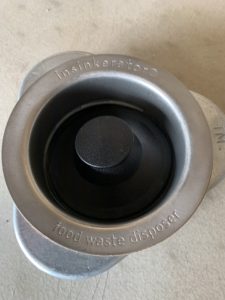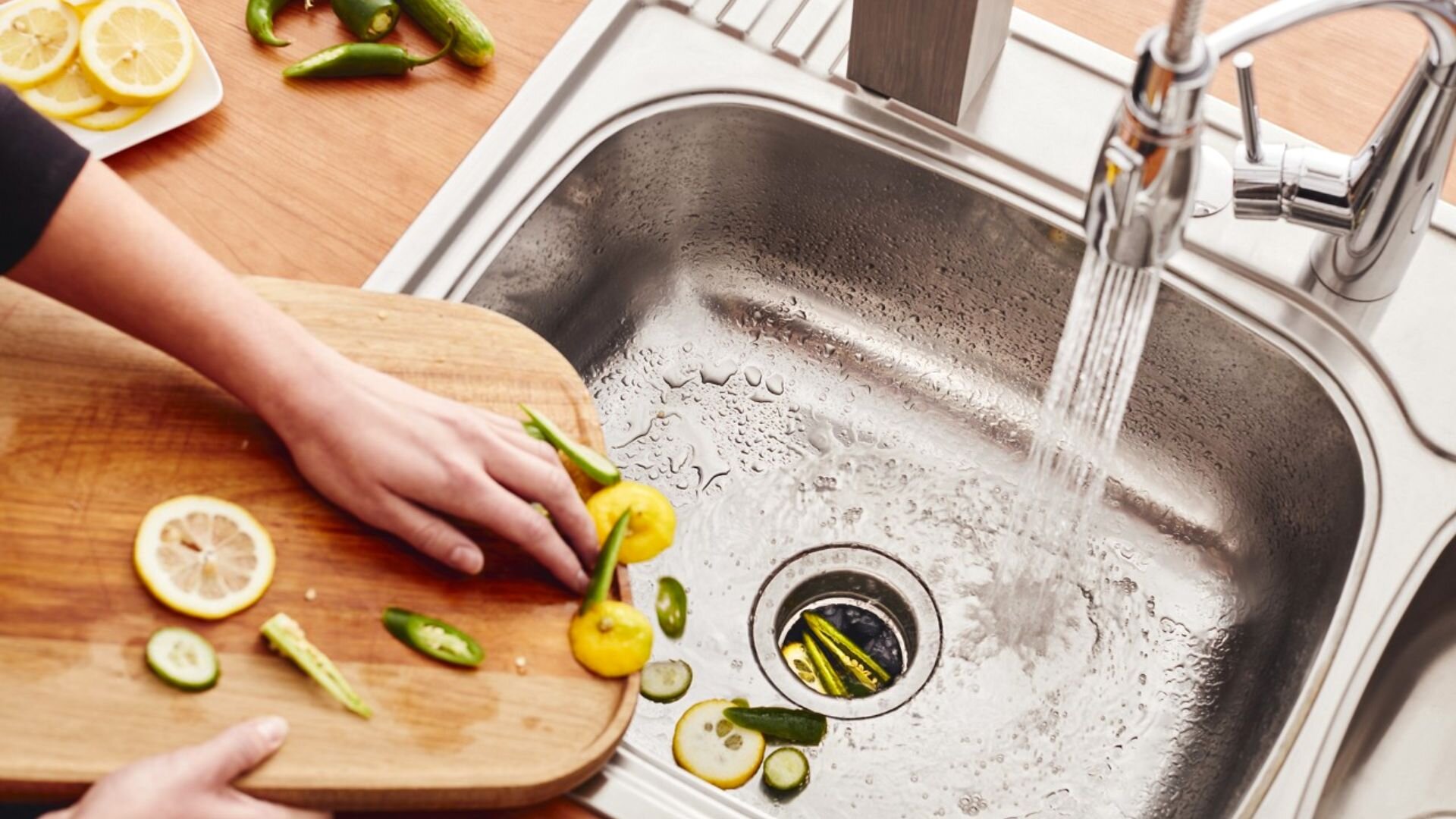Just how do you feel when it comes to Tips on Fixing a Leaking Garbage Disposal?

Garbage disposals are crucial cooking area appliances that help in taking care of food waste effectively. Nonetheless, a dripping garbage disposal can be a discouraging and unpleasant problem to manage. Thankfully, several leaks can be taken care of easily with a couple of easy steps. In this post, we will certainly go over how to fix a leaking waste disposal unit effectively.
Introduction
Garbage disposals are set up under cooking area sinks and are developed to shred food waste into smaller pieces, permitting it to travel through the plumbing system easily. While these tools are generally reliable, leakages can happen over time due to deterioration, loose links, or damages to the system.
Typical Causes of Leakages in Rubbish Disposals
Worn Seals and Gaskets
Seals and gaskets play an essential function in stopping water from dripping out of the waste disposal unit. Over time, these components can weaken, causing leaks around the disposal system.
Loose Connections
The links between the garbage disposal and the pipes system can become loose over time, causing water to leakage out during procedure.
Splits or Holes in the Disposal Device
Physical damage to the waste disposal unit, such as fractures or openings in the housing, can also cause leakages.
Identifying the Resource of the Leak
Prior to trying to fix a leaking garbage disposal, it is essential to identify the source of the leakage. This can generally be done with aesthetic inspection or by carrying out simple examinations.
Visual Examination
Examine the waste disposal unit device very carefully for any type of signs of water leak. Pay close attention to areas around seals, gaskets, and connection factors.
Evaluating for Leaks
One method to evaluate for leakages is by running water through the disposal device and checking for any kind of visible signs of leak.
Tools and Materials Needed for Dealing With a Dripping Waste Disposal Unit
Prior to starting the repair service procedure, collect the required devices and products, consisting of a screwdriver, adjustable wrench, plumbing technician's putty, substitute seals or gaskets, and epoxy or patching product for fixing cracks or holes.
Step-by-Step Overview to Fixing a Dripping Garbage Disposal
Shut off the Power
Prior to trying any kind of repair services, ensure that the power to the garbage disposal device is shut off to avoid the threat of electrical shock.
Situate the Leak
Recognize the exact place of the leak and identify the reason.
Tighten Connections
Use a wrench to tighten any loose connections between the disposal unit and the plumbing system.
Change Seals or Gaskets
If the leakage results from used seals or gaskets, eliminate the old parts and change them with new ones.
Patching Fractures or Holes
For cracks or openings in the disposal device, use epoxy or a suitable patching product to secure the damaged area.
Checking the Waste Disposal Unit After Repair Service
Once the repair is total, check the garbage disposal by running water through it to make certain that the leak has actually been settled.
Preventive Upkeep Tips to Avoid Future Leakages
To stop future leaks, it is essential to execute regular upkeep on your waste disposal unit. This includes maintaining it tidy, staying clear of placing non-food products or hard items down the disposal, and regularly looking for leakages or various other concerns.
Final thought
In conclusion, repairing a dripping waste disposal unit is a fairly uncomplicated process that can be finished with fundamental tools and products. By adhering to the steps detailed in this write-up and practicing precautionary upkeep, you can maintain your garbage disposal in good working condition and prevent pricey repairs in the future.
What to Do About a Leaking Garbage Disposal
A leaking garbage disposal often goes unnoticed until you confront a sopping cabinet, a foul-smelling puddle, or an audible drip-drip-drip from the unit. The fix can be frustrating, too, because the leak can stem from a number of components in the system. Fortunately, with a little sleuthing, you can zero in on the leak and—depending on the exact location—stop the icky oozing and repair the component that caused it. Worst case scenario, if it turns out that the garbage disposal must be replaced, installing a new one is a reasonable do-it-yourself task for those with basic plumbing skills. Read on to keep the cash you’d otherwise hand over to a pro.
Prepare to find the leak
Prior to testing the garbage disposal for leaks, unplug it at the wall outlet and turn off the power from the breaker box to prevent electrical shock. Then insert a watertight sink stopper into your sink drain and wipe the unit dry with a clean cloth. In any handy container, mix a few drops of food coloring into a few cups of water, and pour the dyed water onto the sink stopper to help you locate the leak.
Investigate the source
- the top, where the disposal meets the sink drain
- the side, where the dishwasher hose or main drain pipe connects to the disposal
- or the bottom of the unit
Inspect each of these locations while gliding a light-colored rag over the unit; the dyed water will readily show on the rag and reveal the location of the leak. If a leak isn’t immediately apparent, remove the sink stopper and pour a few more cups of dyed water down the sink drain, then check for leaks again. Leaks near the top of the unit are more likely to show themselves while the sink is plugged, while side and bottom leaks are more noticeable while the sink is unplugged.
The metal sink flange that sits directly inside the sink drain is typically sealed around the top with plumber’s putty (a clay-like sealant) and then secured from under the sink with bolts. If the plumber’s putty deteriorates, or the bolts loosen, the flange can no longer form a watertight seal between the sink drain and the disposal—which could cause a leak at the top of the unit.
To reseal the leaky flange, you must first detach the garbage disposal. Start by loosening the screws securing the main drain pipe to the disposal, then loosen the screws in the metal clamp securing the dishwasher hose to the disposal and detach the drain pipe and dishwasher hose from the disposal. Loosen the screws in the mounting ring that connects the disposal to the metal mounting assembly beneath the sink, then pull down the disposal and carefully set it on a clean, dry surface. Loosen the bolts in the mounting assembly with a wrench, then pull down the mounting assembly and set it near the disposal.

I came across that piece of writing about Why Is when scouting around the search engines. You should take the time to share this post if you enjoyed reading it. I love reading our article about Why Is .
Contact Us
Comments on “Verified Solutions for Fixing a Dripping Garbage Disposal”